Planets orbit stars: most of us know that! But how do those stars and planets form in the first place?
And, most importantly, do astronomers have a complete picture as to how stars and planets form, and are able to maintain such a beautiful, cohesive balance amidst the apparent chaos of the Universe?
Astronomers now estimate that for every star we see in the night sky, there is at least one exoplanet in orbit around it, a fact that has key implications for the search for life beyond Earth, as well as our knowledge of stellar and planetary formation.

Claire Davies is a lecturer in physics and astronomy at the University of Exeter in the UK who uses some of the highest-resolution observing facilities on Earth to study how stars and their planets form.
We asked her to answer some of the most frequently-asked questions about the formation of stars and the planets that orbit them.
5 key questions about how stars and planets form
How long does it take to form a star?
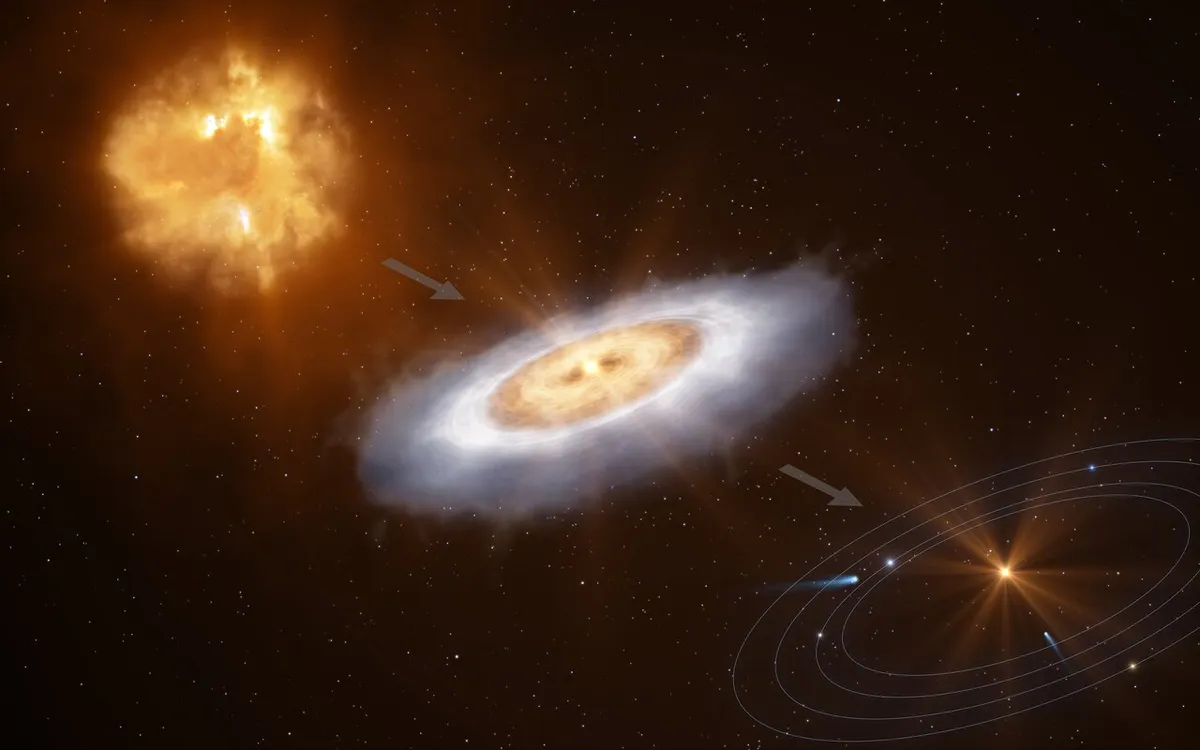
The process of stars forming starts with an initial collapse of material in a molecular cloud, trigged by gravity, and ends when hydrogen fusion ignites in the star’s core.
How long this process lasts depends on the mass of the star.
Stars like the Sun take a few tens of millions of years to form, while higher-mass stars are formed much more quickly and lower-mass stars take much longer.
Regardless of the mass, the process of stars forming is rapid in proportion to a star’s lifetime.
If you condensed the lifetime of a star down to the lifetime of a typical human, the formation process would only take around three months!
Do planets form at the same time as stars?
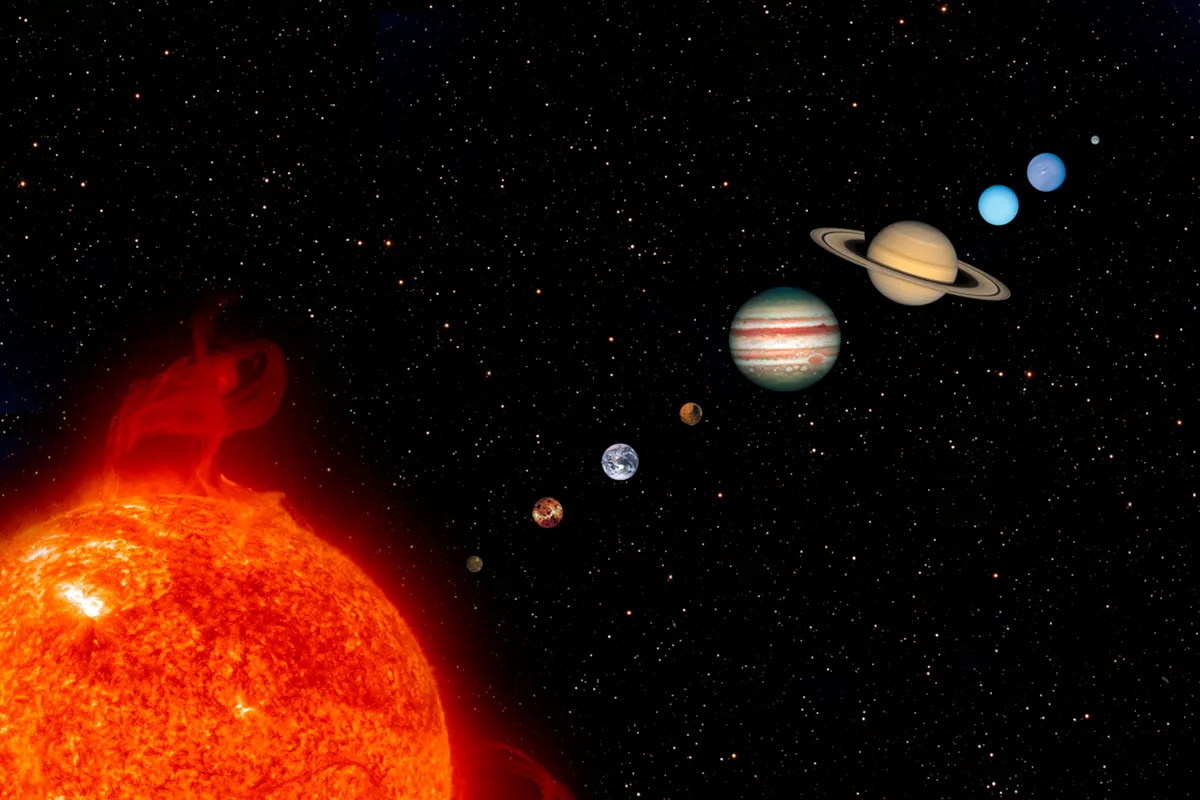
Our Solar System’s planets, and most extra-solar planets that have so far been discovered, are ‘first generation’ planets: they formed from the same collapsing material as the star.
During collapse, there is a battle between gravity and rotation, which results in the formation of a circumstellar disc.
The material in these discs is what collapses or coalesces further to form planets.
Do all stars form planets?
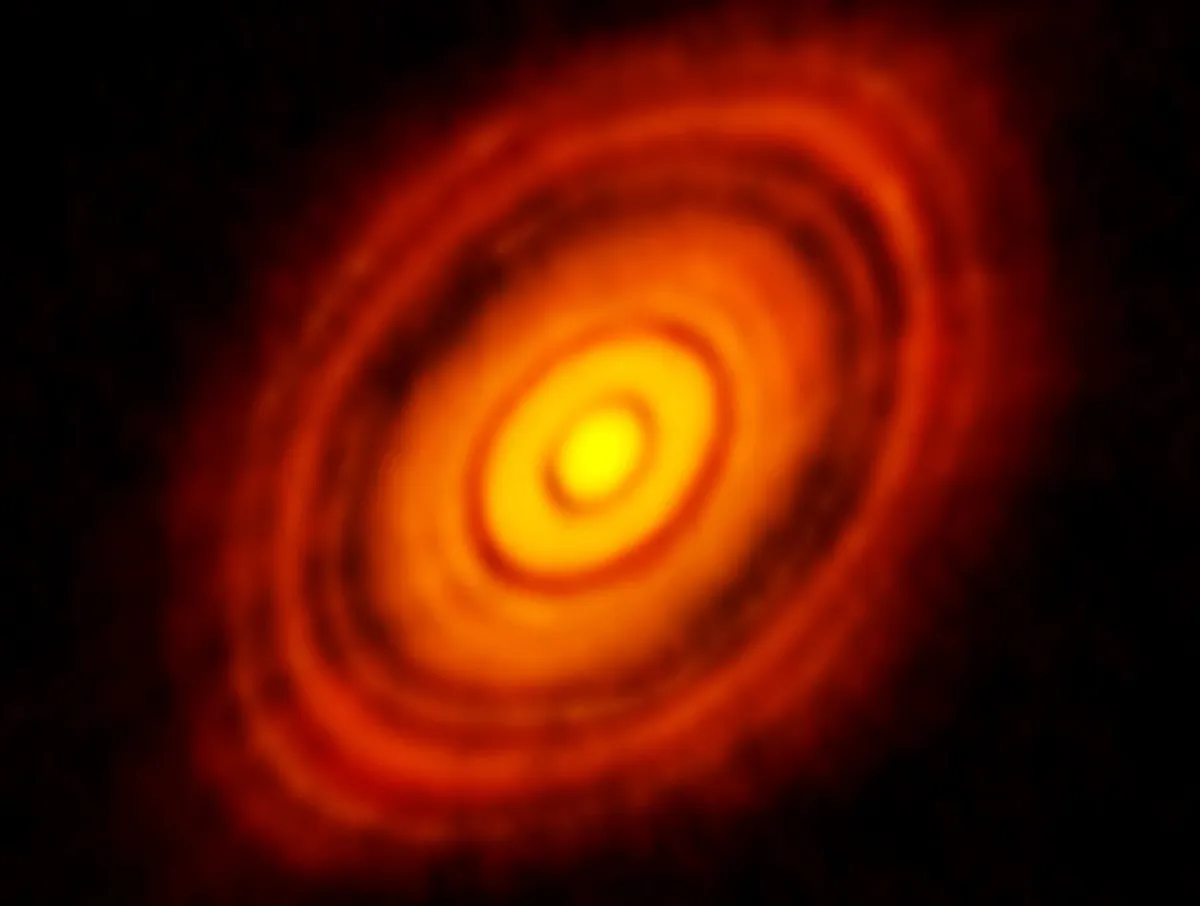
It ultimately depends on the lifetime of its disc.
We see some protostars in very young star-forming regions which lack discs.
However, we aren’t yet able to investigate whether planets have already formed around these stars or whether the disc dispersed before they had time to.
Just because planets form in orbit around a star doesn’t always mean they’ll stay there either.
In long-lived discs, planets may interact with neighbouring disc material, resulting in an orbital tug-of-war.
Planets may drift inwards onto increasingly shorter orbits and some of these may end up being engulfed by their star.
Others may encounter more massive protoplanets during their migration through the disc and be thrown out of their system altogether.
Click here to read about how massive stars could kick their protoplanetary discs to the curb.
How do astronomers peer inside protoplanetary discs?
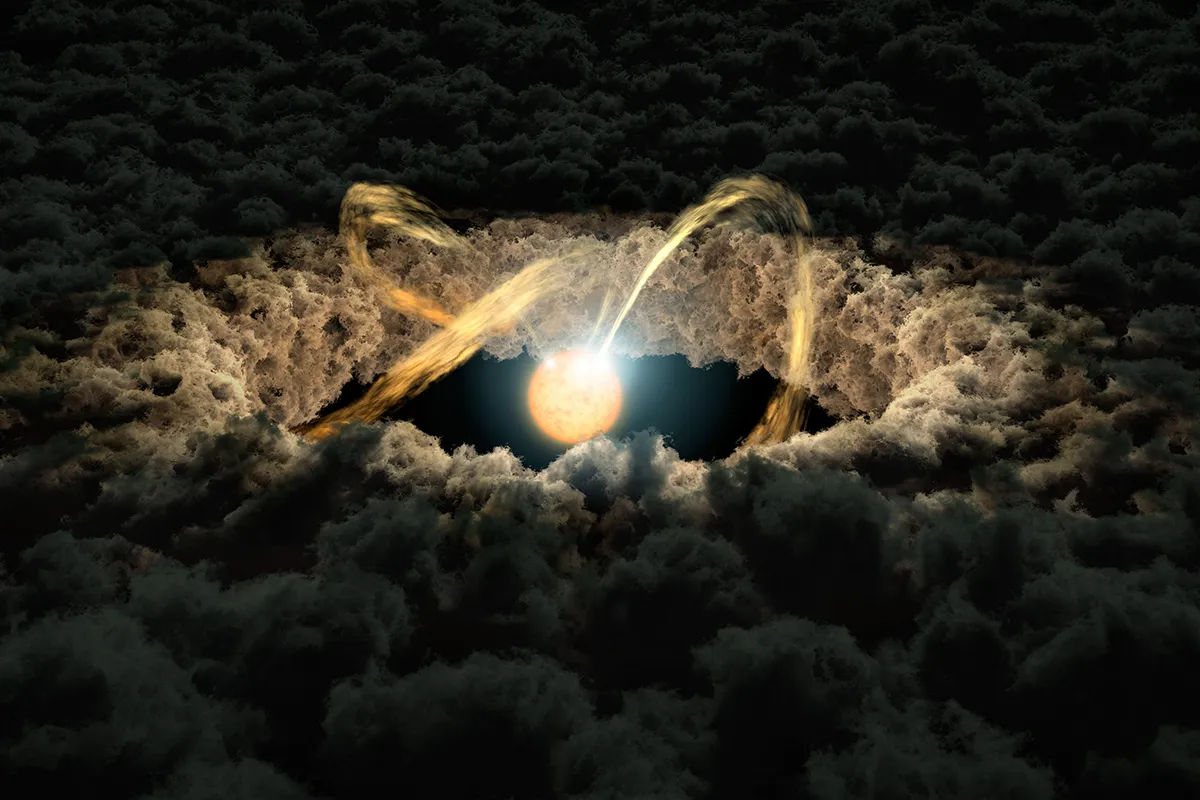
Protoplanetary discs appear dark in images taken in visible light because they block out light from their host stars.
To peer inside, astronomers use instruments that are sensitive to longer wavelengths of light.
I’m interested in the inner regions of discs, where temperatures reach up to 1,000˚ Celsius or so.
I therefore use infrared telescopes, which are sensitive to light emitted by material at these temperatures.
Some of my colleagues are interested in the densest portions of the disc, which are much cooler (down to around –250˚ Celsius) so they use submillimetre telescopes, like ALMA.
What do we not know about how stars and planets form?
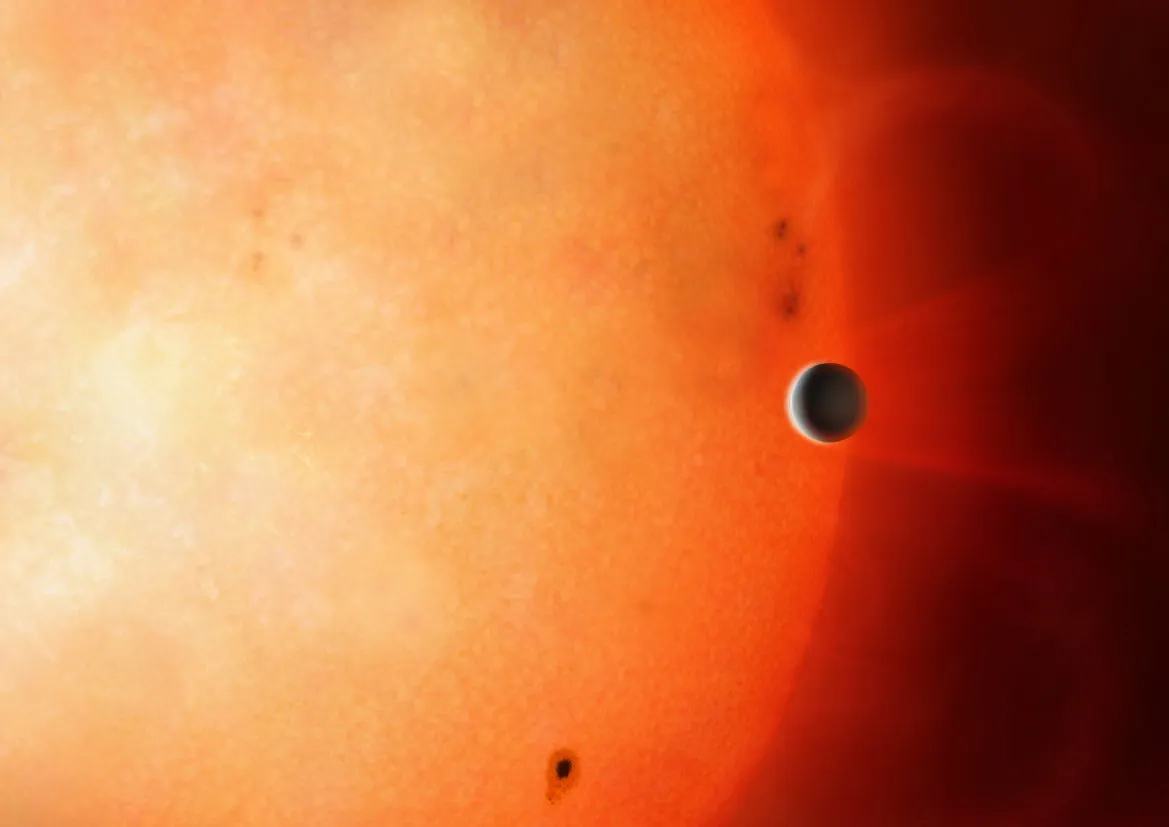
Lots! One thing that I find most intriguing is the architecture of our own Solar System: all the planets orbit the Sun in the same direction and in the same plane, which also matches up with the Sun’s equator.
But other planetary systems are far from lined up.
Some extrasolar planets have very steep orbits or even rotate in the opposite direction to their stars.
Some planetary discs are significantly warped or have rings which are inclined at different angles.
We don’t fully understand why or when these misalignments occur, or how frequently they arise.
Do you have a question about how stars and planets form? Let us know by emailing contactus@skyatnightmagazine.com and it could be answered in a future issue of BBC Sky at Night Magazine.
This article originally appeared in the November 2023 issue of BBC Sky at Night Magazine.

